Global trading depends much on the institution of standardized terms, also known as incoterms rules, which precisely stipulates duty of buyers and sellers. Free Alongside Ship (FAS) is one of the Incoterms set by the International Chamber of Commerce that is heavily used in the sphere of maritime shipping transactions. This guide contains all the information you should know about the fas incoterm, including definition and practical issues both in world trade and international trade.
What Are FAS Incoterms and Their Basic Definition

One of the eleven Incoterms 2020 rules, that can be used only when the mode of transport is the sea or the inland waterways is the free alongside ship incoterm, Free Alongside Ship (FAS). Under FAS terms, delivery will be accomplished by the seller when goods are put adjacent to the vessel at the port of shipment mentioned, and thereafter, the buyer assumes all risks . This implies that the seller is expected to deliver the goods to the wharf or dock next to the ship but the seller does not bother about off-loading the goods into the ship itself import costs.
The FAS term is one of the points in the logistics chain, where there is no responsibility between a seller and a buyer. Other Incoterms can be used when other means of transport, including inland waterway transport, are involved but FAS is defined explicitly in connection with inland waters/maritime inbound shipments. The seller is relieved off his duty after the goods are placed next to the ship, and the buyer or his agent is ready to load them.
Key Responsibilities Under FAS Terms for Sellers

The risk in the FAS Incoterms does not change to the buyer until the seller performs a number of vital duties that, when fulfilled, pass the risk to the buyer. The major responsibility, where the seller is responsible, is the supply of products in addition to the ship in the consented port of shipment. This entails the setting up of domestic transportation of their facility to the port and that goods are delivered to the stated location at the required time containerized cargo.
The procedure of the export licensing and the clearance of the customs are at the full responsibility of the seller. They have to secure all the needed export licenses and authorization, and other papers as demanded by the custom officials in their country. The seller also has to incur the export custom duties, taxes and charges incurred in clearing the goods to be exported and also manage import clearance once the goods reach the destination .
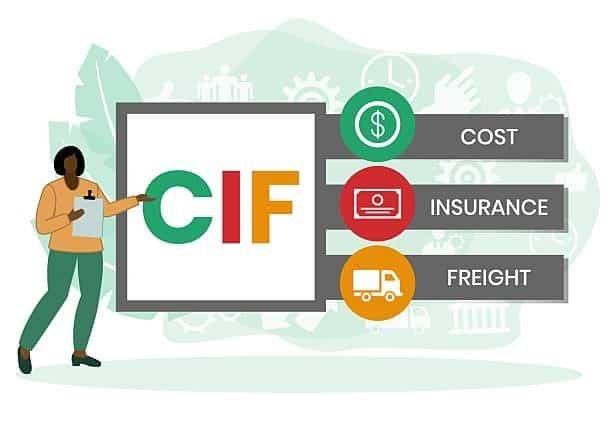
Another important element of seller responsibility is on the quality control and packaging. Goods should be well packaged to stand the transportation to the port as well as the handling later on. The seller should see to it that products fit the contract requirements, and that they are also fit and suitable to be transported in the proposed mode.
Buyer Obligations and Responsibilities in FAS Agreements
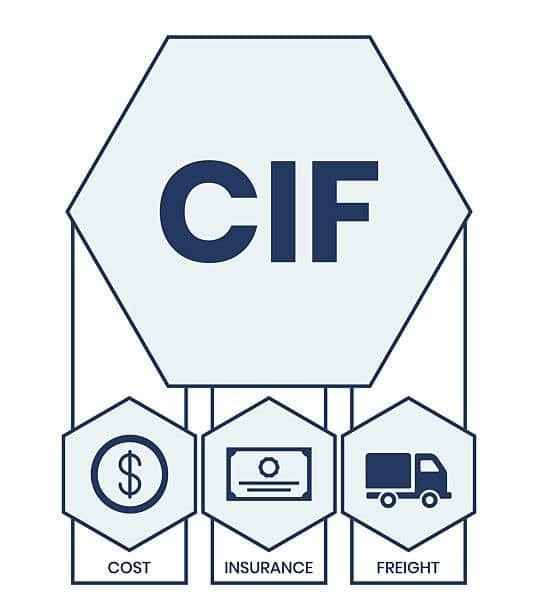
When goods are shipped under FAS arrangement, buyers take heavy responsibilities after the ship is delivered. The loading of the goods into the vessel, along with onward carriage, is the most crucial one which requires organization and payments. This involves employment of stevedores, crane actions and handling of the whole loading activities dock to the hold of the ship.
Import procedure turns to be the buyer’s responsibility to acquire import license, import duties, as well as clearing through customs in the destination country. The primary carriage of their goods at export port to the destination port should be also arranged as well as paid by the buyers including the pengangkutan laut, ocean marine insurance, and any inter transport charges.
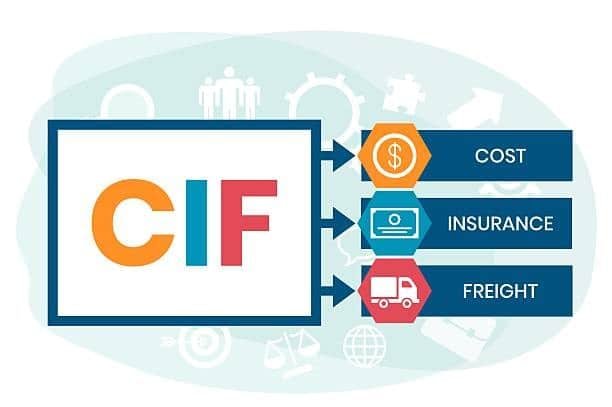
Buyers under FAS terms are liable to risk management. Buyers have to contract complete insurance covers as risk is transferred on the placement of the goods beside the ship because, at this point, it may face losses in the processes of loading, transportation, and reaching the end point.
Risk Transfer Points in FAS Incoterms Explained
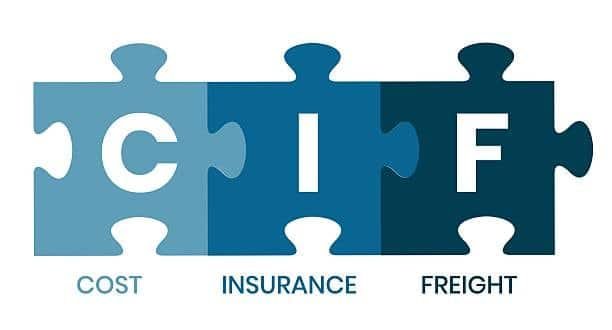
Knowing the time when the risk is assumed by the buyer rather than the seller is very important in the FAS transactions. Risk transfer, as outlined in the sales contract, is done where goods are shipped together with the ship at the named port of shipment. This particular point eradicates confusion as to when responsibility changes among the trading partners.
The physical location of goods together with the vessel is the critical point of transfer. As soon as the products reach the dock or wharf adjacent to the vessel, the buyer has to speak to its adequate position or suffer loss or destruction. This covers the risks affected by the loading process which may be specially high in the cases of heavy or delicate cargo at a specific port .
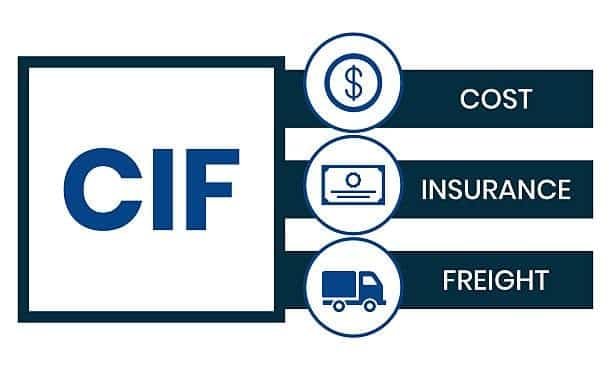
At this point weather related risks are also transferred. In case the goods be damaged by rain, wind, and other natural conditions after being stacked near the ship, the financial outcome assumes the buyer. It is because of this that timing and coordination of seller and buyer are critical in the success of FAS transactions.
Cost Allocation Between Buyers and Sellers
The FAS Incoterms designate a standard separation between the sellers and the buyers, which portrays where the risk is transferred to. All the expenses involved in moving commodities to port and stacking them next to the vessel are on the sellers. This covers domestic transport, export documentations, custom clearances and terminal handling charges to the delivery point.
All costs that are incurred as a result of export are borne by the seller, which includes the export license, customs charges and any pre-shipment check up that may be needed by the destination country. Sellers also incur expenses on packaging, marking and other preparation of goods on the way to port of shipment.
All the expenses come to buyers at the point when goods are delivered together with the ship. This comprises loading costs, ocean cost, ocean insurance, import taxes, importation clearance made at the end destination and delivery cost. loading delays on the vessel also attract checks of storage charges as well as demurrage charges, which are paid by the buyer.
Documentation Requirements for FAS Transactions
FAS transactions need proper documentation to transact smoothly with special requirements in respect to sellers and buyers. Commercial invoices, packing list, and export license are some of the basic documents that sellers have to offer. They also make it their duty to get any certificate of origin, quality certificates or pre-shipment inspection certificates that the buyer or his destination country requires.
The export customs documentation is the responsibility of the seller, namely export declarations and evidence on customs clearance. Those who sell items should also make sure exportation processes have to be fulfilled prior to the delivery of goods with the ship because breaks may lead to the breach of a contract.
Buyers should organize paper work entailing import licenses, letter of credit, and any special importation permits that may be necessary in accordance to the regulations of their country. They also have to liaise with the shipping lines to ascertain that appropriate bills of lading are issued when goods are loaded into the vessel.
Comparison Between FAS and Other Maritime Incoterms
FAS Incoterms is in a sort of special place among the maritime-specific terms and they are not similar to FOB (Free on Board) terms and CFR (Cost and Freight) terms. As compared to FOB whereby sellers are obliged to warehouse their goods on the ship, sellers under FAS are only required to ship their goods along with the vessel. The difference can lead to substantial cost differences especially when the goods being shipped are heavy or specialized freights which may involve costly loading equipments.
Checking FAS against CFR terms, buyers are granted more responsibility, and they would need to organize and pay a freight via the ocean instead of letting sellers do the part. This provides the purchasers with increased power over shipping services but likewise brings with itself much increased know-how in seaborne transportation.
Depending on the buyer abilities and preferences, a decision is usually arrived at to have FAS or use other maritime terms. More seasoned importers might want to use FAS as it gives them more control over the transaction compared to those that are less experienced buyers.
Common Challenges and Risks in FAS Operations
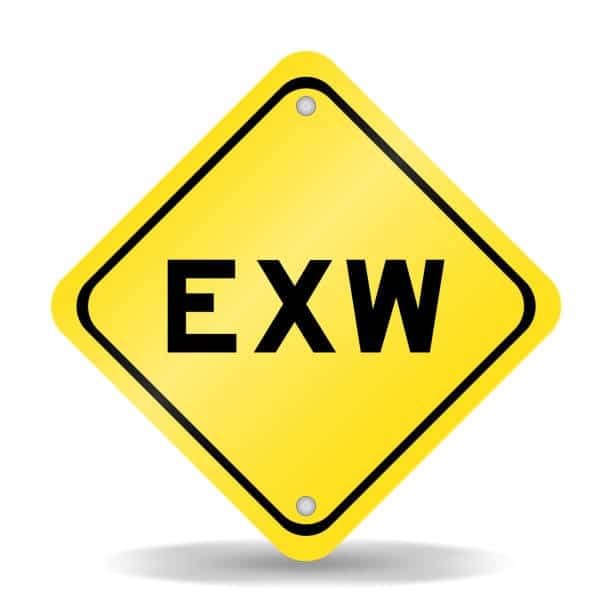
The operations of FAS are not like any other transaction and both parties should be cautious during these transactions. One of the main challenges that can be seen is loading coordination because buyers have to make sure to have the right gear and staff upon the arrival of the goods alongside the ship. Shipment holds may lead to the imposition of demurrage and the delay in the schedule.
Seller and buyer communication is important especially in FAS arrangements. When selling a good, sellers should also give the right timing information of delivery of the goods together with the ship, and when buying a good, buyers should then organize the loading activities accordingly. Lack of effective communication may result in time loss and conflicts.
Severe weather conditions and congestion at ports may cause more trouble. Goods that come with ships can be left to deal with weather conditions much longer when their shipment is not on time. Another possible outcome with port congestion is arbitrary storage expenses and schedules that the two parties should be able to deal with.
Best Practices for Successful FAS Implementation
Effective FAS operation activities suppose one to plan and organize with all parties involved. Formal communication channels must be laid down right at the point of contract negotiation such as details of timetables, addresses and procedures to be followed once a problem arises.
The sellers must stick to the right time delivery and make the goods be delivered within the correct time as promised. This comes with creating margins in domestic transportation schedules and following up with buyers on the status of deliveries.
The consumers must come up with strong loading process and also have links with credible stevedoring operators. Providing emergency arrangements to unload instruments and people can save a lot of money in case of cargo arrival at the port.
Insurance Considerations Under FAS Terms

The insurance factor is vital in FAS transactions and the buyer should assume the first responsibility of providing coverage after the goods are handed over to the ship. Marine insurance should be comprehensive and hence cover goods between risk passing, including at the container terminal, and delivery at destination.
The insurance coverage before the risk transfer may still be an issue that sellers might wish to consider especially when there are big time breaks between their departure point in their facility and delivery together with the ship. This will help safeguard against possible losses in the process of transporting domestically and in port activities.
Insurance cover must also consider the risk nature that covers the terms of FAS where loading operations can be very dangerous especially to some nature of cargo. Customers are advised to liaise with competent marine insurers that have knowledge of special characteristics of FAS deals.
Technology and Digital Solutions for FAS Management
The current technology has come up with many solutions that can be used to manage FAS transactions in a better way. Both the shipper and seller can use digital tools to monitor the instant position of goods in international shipping , along the chain, from facility to port which will aid the two in nailing down the timing and anticipation.
Electronic documentation system helps in making the process less arduous as it is less prone to errors, and it makes the process much faster. Online customs clearance systems will assist vendors who could clear the export process in a more efficient manner and buyers could clear imports using equivalent systems.
Communication systems: A logistics mechanism that would enhance interaction among sellers, buyers, shipping lines, and other service providers can be employed. This system allows sharing of their information centrally and it can be useful in avoiding miscommunication that may result in operational difficulties.
Legal and Regulatory Aspects of FAS Incoterms
FAS terms fall under a complicated legislative and regulatory environment that may differ according to country and jurisdiction. The regulation of local customs is important to know, this is because both the sellers and buyers can incur heavy penalties and delays in case of violations containerized shipments.
It is necessary to pay proper attention to the implication of the contracts when utilizing FAS terms. The exact point of the risk shifting and responsibility transfer should be specified in contracts on sales to eliminate conflict. Contracts must adequately reflect the FAS obligations which could be assisted by legal advisors who are conversant with international trade law.
The important in relation to regulatory compliance is with sellers that deal with the export process and buyers that deal with the import process. The two parties are supposed to keep abreast with the evolving regulations which might impact on their bodies FAS operations seller pays.
Industry-Specific Applications of FAS Terms

FAS terms, which are part of the international commercial terms, are applied in different industries in different ways according to its needs and characteristic. FAS is frequently utilized in the automotive industry to transport parts and vehicles and some modes of loading services and equipment are specialized to handle vehicles international transactions.
The FAS terms are commonly used by the bulk commodity traders with regard to the raw materials such as grain or coal or ore. FAS is especially appropriate where there are bulk cargo handling transactions since it can be assumed soon that specialized loading equipment is normally under the control of buyers or terminal operators fas free alongside ship.
Heavy machinery manufacturers might want to use FAS in order to take charge of the specialized loading procedures their products entail. This enables them to prescribe loading conditions as they pass on risk at the right position at the logistics chain loading dock.
Future Trends and Developments in FAS Usage
The history of global trading can still determine the use and the meaning of FAS terms. Rising digitalization of the trade processes is transforming the FAS transactions to be transparent and efficient to track and communicate containerized cargo0.
Another area where the environmental laws are already making a difference is in the FAS operations especially concerning reporting and sustainable practices of logistics. Sellers and buyers might be required to move their processes to meet new standards on the environment final destination.
E-commerce and the reduction of shipment sizes could lead to the decline of traditional FAS apps because the term is the most applicable to larger amounts of cargo. Nevertheless, the convergency of services and digital platforms could lead to new opportunities towards the use of FAS in minor transactions and additional costs related to import.
Kesimpulan
FAS Incoterms are a useful basis of the maritime trade transaction that allows equivocating the duties and responsibilities of the seller and buyer. The emphasis in the meaning of the term on the delivery and the ship results into special responsibilities that the two parties must have and meet in order to have successful transactions shipping process. There are challenges especially related to coordination and management of risk but with proper planning and communication, the trade operations may be efficient and cost-effective. FAS terms are still used today as long as global trade is developing like that, and companies strive to provide their maritime logistics solutions, as well as preserve the strict accountability framework.
Mengenai GWT Worldwide
Shenzhen Guanwutong International Freight Forwarding Co., Ltd (GWT Worldwide) is a professional and comprehensive marketing team type of the logistics service provider who aims at providing global freight forwarding, supply chain solution, and cross-border e-commerce logistics services. Being the experts in Pengangkutan Udara & Sea Freight, China-Europe Railway Transport, International Express & Courier Solutions, Customs Clearance & Warehousing, and Amazon FBA Shipping & Labeling Support, we provide cost-efficient and reliable logistics services across the globe. We are your logistics partner of choice in facilitating a smooth global trade owing to our high levels of efficiency, transparency, customer satisfaction, state of the art technology and worldwide partner network.


Thank you for reading!
Have questions, corrections, or better ideas? We’d love to hear from you!
We value every piece of feedback and promise to reply within 24 hours. Let's make this guide better together!
Note: Spam comments will not be published.